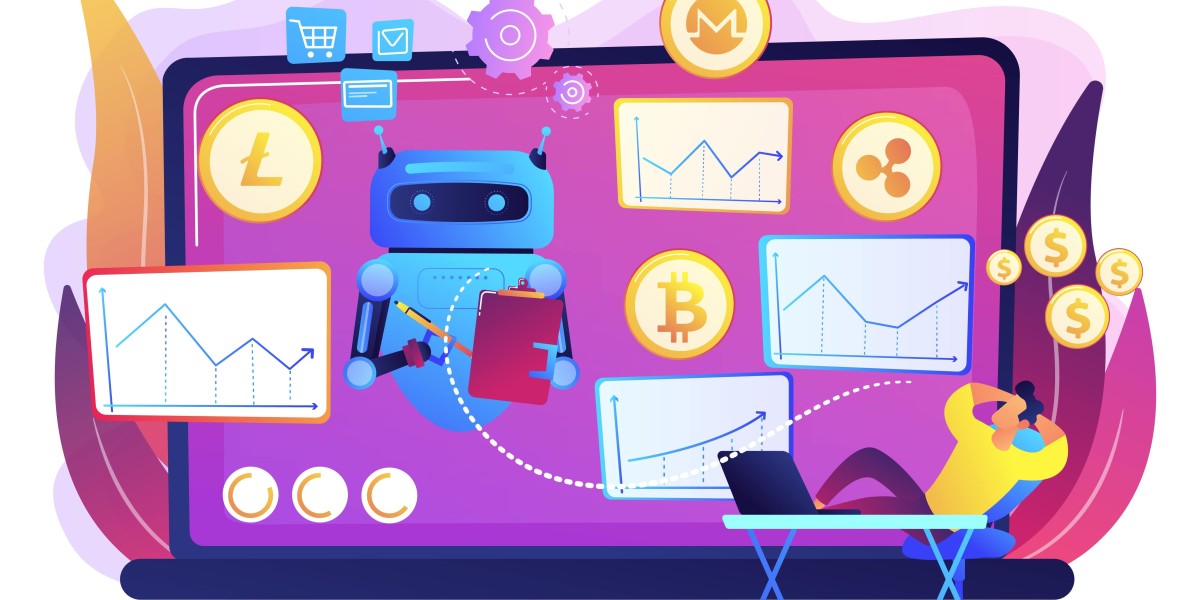In the world of commodities trading, predicting price movements accurately is akin to navigating through a maze blindfolded. The stakes are high, and even the slightest miscalculation can lead to substantial losses or missed opportunities. Historically, traders have relied on a combination of fundamental analysis, technical indicators, and expert intuition to forecast commodity prices. However, with the advent of machine learning algorithms, there's a growing interest in whether these advanced computational techniques can revolutionize commodity price forecasting, particularly in markets like ICE cotton where volatility is a constant companion.
Understanding Commodity Price Forecasting
Before delving into the potential impact of machine learning, it's crucial to grasp the fundamentals of commodity price forecasting. Traditional methods involve analyzing supply and demand dynamics, geopolitical factors, weather patterns, economic indicators, and historical price data to make informed predictions. However, these approaches often fall short in capturing the complexities of today's interconnected and rapidly evolving markets.
The Challenge of ICE Cotton Price Forecasting
ICE cotton, a key player in the global textile industry, is notorious for its price volatility. Factors such as weather conditions, global demand, trade policies, and currency fluctuations can all influence cotton prices. Additionally, the intricate relationship between cotton and other commodities like oil, synthetic fibers, and agricultural products further complicates forecasting efforts. As a result, accurately predicting cotton price trends becomes a daunting task for traders and analysts alike.
Enter Machine Learning: A Paradigm Shift in Forecasting
Machine learning offers a paradigm shift in the way commodity price forecasting is approached. Unlike traditional methods that rely on predefined rules and human judgment, ML algorithms can autonomously learn patterns and relationships from vast amounts of data. By analyzing historical price movements, market sentiment, weather data, and a myriad of other factors, ML models can uncover hidden insights and generate more accurate forecasts.
Leveraging Big Data for Insights
One of the key advantages of machine learning in commodity price forecasting is its ability to process large volumes of data efficiently. With access to diverse datasets ranging from satellite imagery tracking crop conditions to social media sentiment analysis, ML models can identify subtle correlations that may elude human analysts. This holistic approach enables traders to make more informed decisions based on a comprehensive understanding of market dynamics.
Improving Forecast Accuracy with Advanced Algorithms
Machine learning algorithms come in various forms, each with its strengths and capabilities. Techniques such as regression analysis, decision trees, random forests, and neural networks can be tailored to suit the specific requirements of commodity price forecasting. By leveraging ensemble methods and deep learning architectures, ML models can capture nonlinear relationships and adapt to changing market conditions, leading to more accurate price predictions.
Overcoming the Challenge of Volatility
One of the biggest hurdles in commodity price forecasting is dealing with volatility. Traditional models often struggle to account for sudden price fluctuations and extreme events. However, machine learning excels in handling non-linear and stochastic processes, making it well-suited for volatile markets like ICE cotton. By incorporating advanced volatility forecasting techniques and risk management strategies, ML-based models can provide traders with valuable insights into potential price movements and mitigate downside risks.
Challenges and Limitations
Despite its promise, machine learning is not without its challenges and limitations. The complexity of ML models often makes them opaque, making it difficult to interpret their decisions and assess their reliability. Moreover, data quality issues, overfitting, and model drift can undermine the performance of ML algorithms, especially in dynamic and unpredictable markets. Additionally, regulatory constraints and ethical considerations surrounding algorithmic trading pose further hurdles to widespread adoption.
The Future Outlook
As technology continues to advance and data availability increases, the role of machine learning in commodity price forecasting is poised to expand further. With advancements in natural language processing, sentiment analysis, and predictive analytics, ML models will become increasingly adept at capturing market sentiment and anticipating price trends. Furthermore, the integration of real-time data streams and IoT devices will enable more dynamic and responsive forecasting systems.
Conclusion
While traditional methods of commodity price forecasting have served their purpose, the advent of machine learning represents a significant leap forward in the quest for more accurate and reliable predictions. In markets like ICE cotton, where volatility reigns supreme, the ability to harness the power of big data and advanced algorithms can provide traders with a competitive edge. While challenges remain, the potential benefits of machine learning in revolutionizing commodity price forecasting are undeniable. As we embark on this journey of innovation, one thing is certain: the future of commodity trading will be shaped by the marriage of human expertise and machine intelligence.
To Get Real-Time Price of Commodities Visit: https://pricevision.ai/
Source: https://diigo.com/0vcafw








